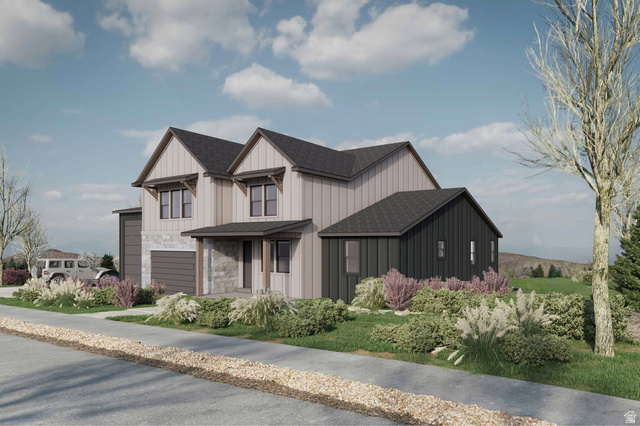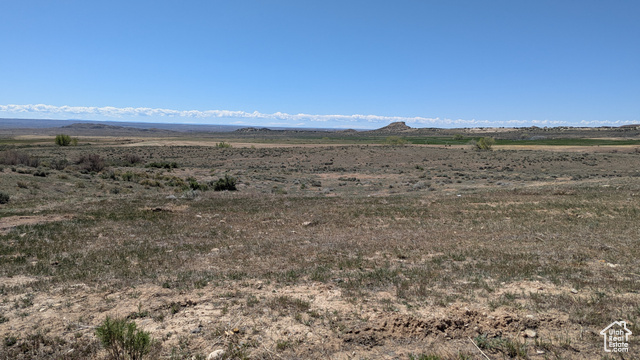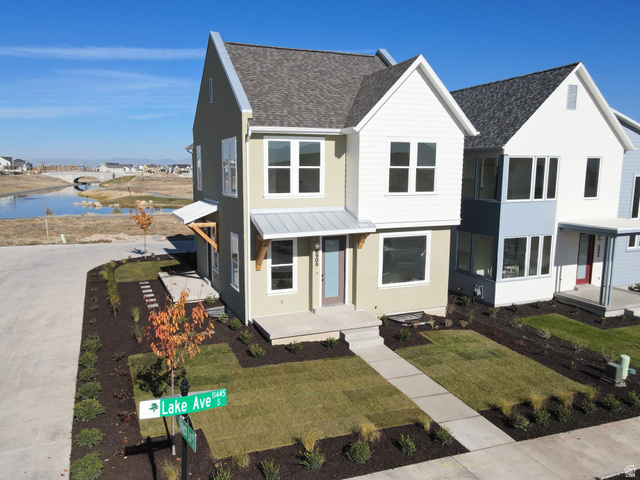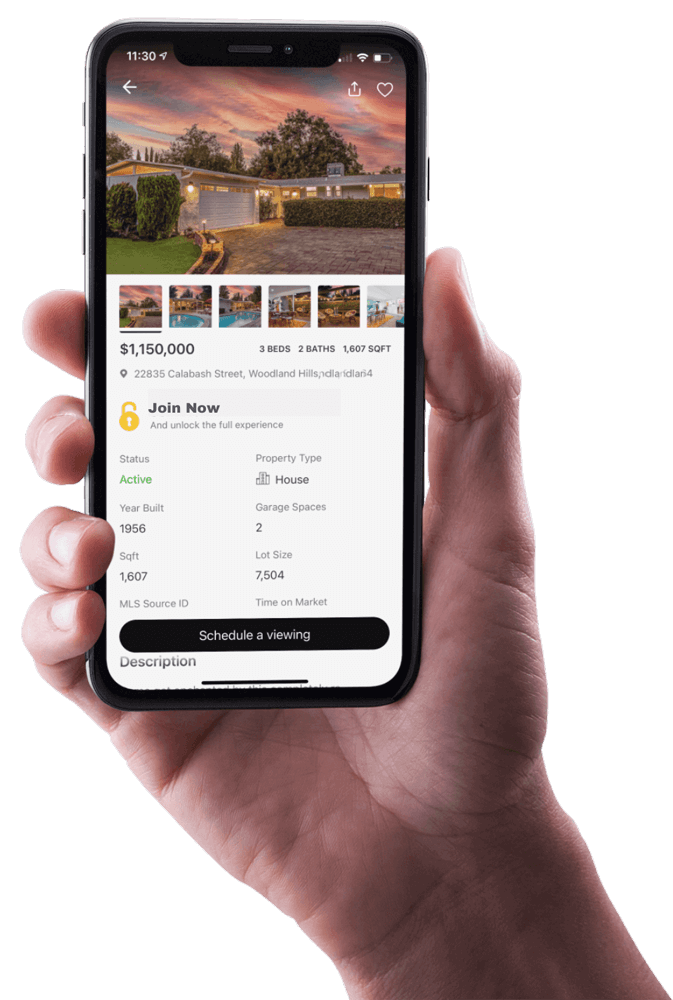Explore eight Utah growth zones—from downtown Salt Lake City's high-rises to the Silicon Slopes and outer-ring land plays—and what buyers, sellers, and investors should expect over the next 5–10 years.
According to the National Association of REALTORS®, staged homes receive up to 72% more online traffic and sell 36% faster than unstaged listings. Traditionally, achieving that effect required moving furniture, hiring decorators, and waiting days for photography. AI virtual staging now produces the same results in seconds for as little as $0.24 per photo, making it faster and more affordable than ever.
How AI Virtual Staging works
AI virtual staging uses artificial intelligence to place digital furniture, decor, and finishes into listing photos. Instead of moving physical items into a property, agents simply upload empty-room photos to a platform. The AI then designs realistic interiors based on selected room types and styles.
The process is fast; most platforms generate results in seconds to just a few minutes, compared with the days or even weeks required for traditional staging and photography. This speed, combined with a realistic design, gives buyers a clear vision of how the space can look and function without any physical setup.
Faster Listings, Faster Exposure
With AI staging, homes can be listed within hours instead of waiting a week or more. This speed means more exposure, more buyer interest, and earlier offers.
With traditional staging, a seller may have to wait a week or two for furniture rental, delivery, and photography before a property goes live. Those are valuable days with no listing, no exposure, and no showings.
AI virtual staging removes the lag. With photos created in hours instead of days, homes can be listed almost immediately. This speed means staging with AI delivers more exposure in less time. Buyers see the property sooner, the listing stays in front of them for longer, and offers can start arriving earlier. For motivated sellers, cutting a week off the listing timeline can mean the difference between missing and finding the best buyers in the market.
Visualization Meets Transparency
Buyers rarely fall in love with an empty room. Unfurnished spaces make it hard to judge scale, flow, or potential. Staging solves this problem by guiding imagination: a sofa shows how a living room might be arranged, a dining table suggests how guests might be hosted.
On the other hand, when a property is physically staged, the furniture may help buyers visualize the space, but it can also hide flaws. A buyer might need to schedule a second visit just to inspect the property itself. If cracks in the floor or walls appear at that stage, the deal can quickly fall apart.
AI home staging offers the same visualization advantage instantly, allowing buyers to see how a property can function as a home. However, unlike traditional staging, the property remains physically empty during tours.
When buyers arrive, they are not peering around couches or waiting for furniture to be removed before they can inspect the walls and floors. Instead, they confirm the condition of the property while holding onto the styled vision they saw online.
This dual advantage of inspiration from photos and confidence from inspection helps buyers move more quickly from browsing to serious offers.
Cost and Scalability
The financial savings are just as significant as the time savings. Traditional staging typically requires an upfront investment of $2,000 to $4,000, plus ongoing monthly fees for furniture rental if the property remains unsold. While virtual staging was designed to be a more affordable alternative, some providers still charge up to $75 per photo, and turnaround times can extend to 1–2 days.
AI has made staging accessible at scale. Today, agents can virtually stage their listing photos for only a few dollars without sacrificing speed or quality. This consistency across a portfolio not only shortens individual sales cycles but also strengthens an agent’s overall market presence. Homes staged with AI allow even modest listings to compete visually with high-end ones.
Ethics and Best Practices
As with any marketing tool, AI virtual staging must be used responsibly. The REALTORS® Code of Ethics requires clear and honest communication, which means virtually staged photos should always be disclosed. Agents should avoid unrealistic edits, such as altering structural features or masking property defects, that could mislead buyers.
When agents apply it responsibly, AI home staging builds trust rather than undermining it.
In Closing
AI virtual staging is now a practical tool for agents and sellers who want speed, affordability, and reliable results. It shortens the path from “For Sale” to “Sold” because it cuts days off the listing timeline, helps buyers appreciate the space, and keeps tours transparent.
As the technology becomes more accessible, the question for sellers is no longer whether to stage, but how. Homes staged with AI are proving that the method is fast, cost-effective, and persuasive in today’s market. With AI home staging and other tools advancing, it is becoming the standard approach for marketing homes in a digital-first world.











